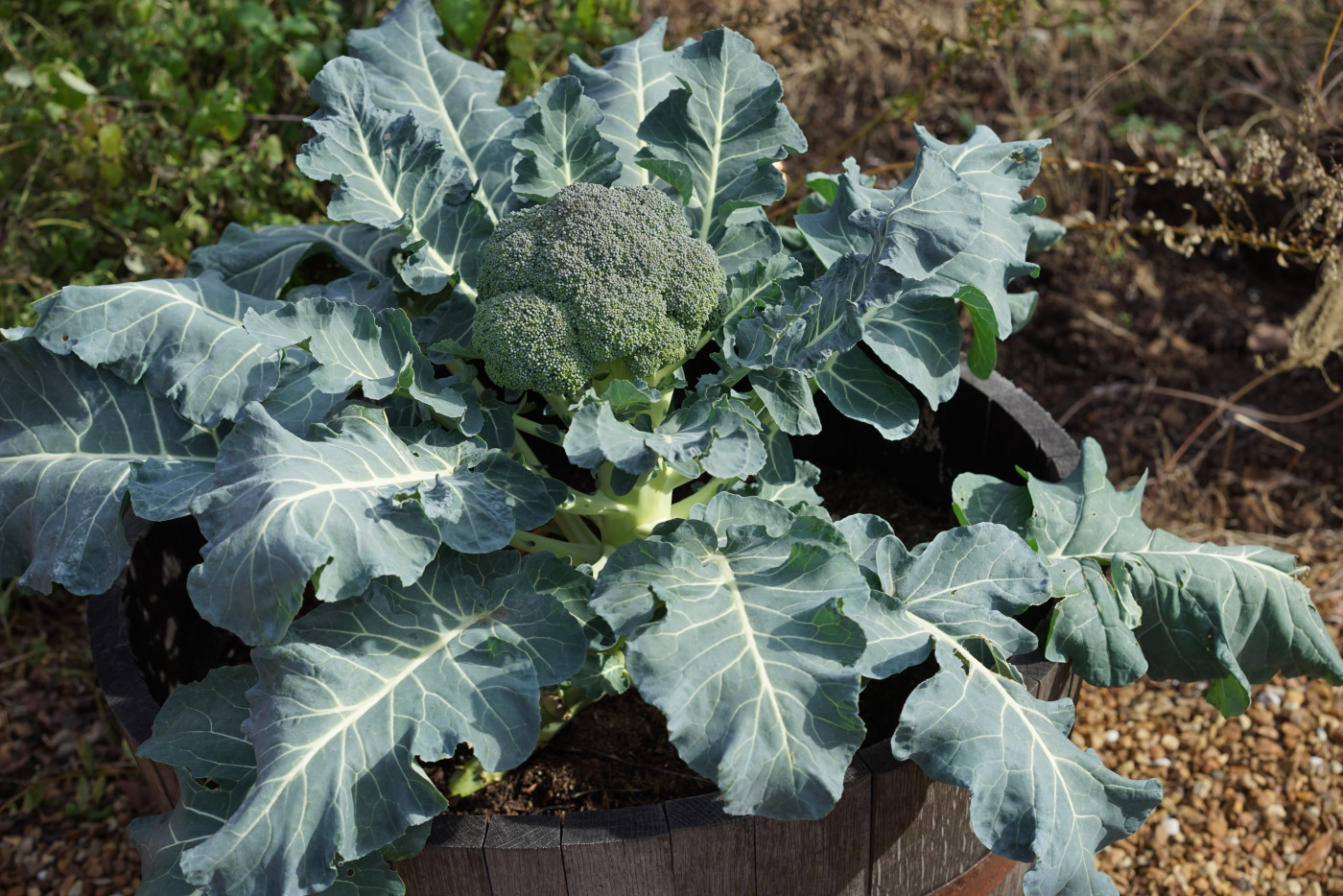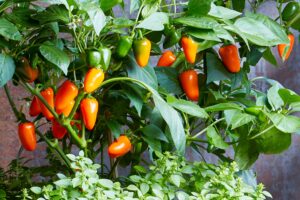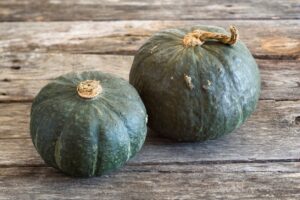How to Grow Broccoli: A Complete Guide for Home Gardeners
Are you looking to grow your own nutritious, delicious broccoli? This superfood vegetable isn’t just packed with vitamins and minerals—it’s also surprisingly rewarding to grow in your own garden. Whether you have a spacious outdoor plot, a modest backyard garden, or just a few containers on your patio, you can successfully grow broccoli with the right knowledge and techniques.
Why Grow Your Own Broccoli?
Broccoli (Brassica oleracea var. italica) is one of America’s favorite vegetables, and for good reason. According to the USDA, this cruciferous powerhouse is rich in vitamins C and K, fiber, and contains beneficial compounds that support overall health. The US market for broccoli continues to grow, with consumers increasingly seeking fresh, locally grown produce.
Growing your own broccoli allows you to:
- Harvest at peak freshness for maximum flavor and nutrition
- Save money on grocery bills
- Know exactly how your food is grown
- Experience the satisfaction of eating something you’ve cultivated yourself
Understanding Broccoli Growing Basics
Before you plant your first broccoli seedling, it’s important to understand the basic requirements for successful growth.
Climate and Timing
Broccoli is a cool-season crop that grows best when temperatures range between 65°F and 75°F. According to the USDA Plant Hardiness Zone Map, broccoli can be grown successfully throughout much of the United States, but timing is critical.
Spring Planting: Start seeds indoors 6-8 weeks before the last expected frost, then transplant outdoors 2-3 weeks before the last frost date.
Fall Planting: For a fall harvest (often producing sweeter heads), start seeds in mid to late summer, approximately 85-100 days before the first expected fall frost.
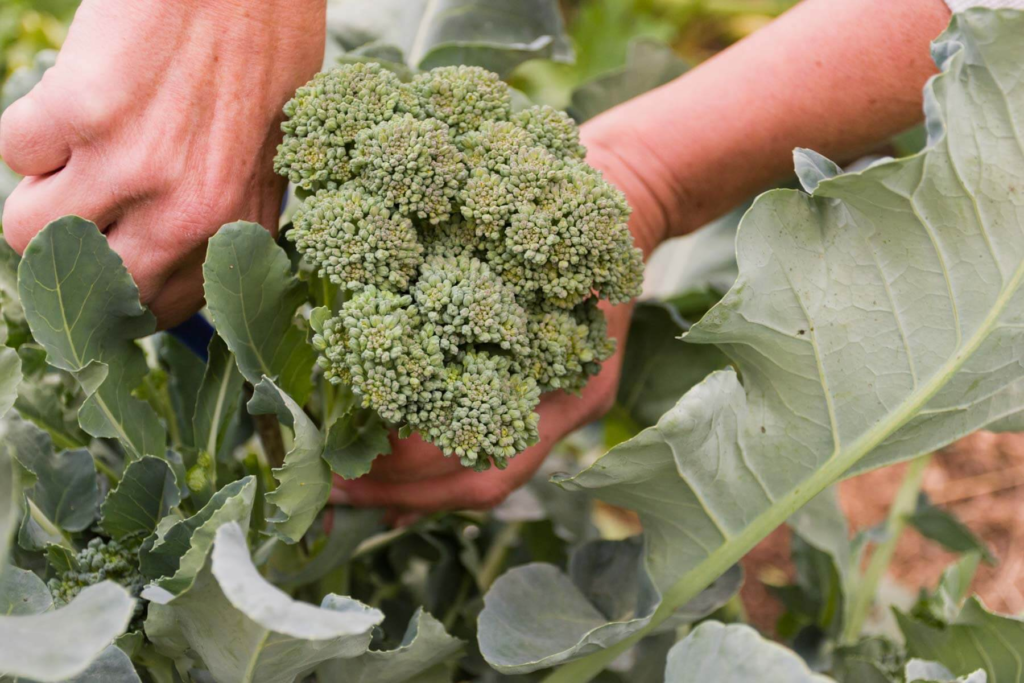
Soil Requirements
Broccoli thrives in well-draining, fertile soil with a pH between 6.0 and 7.0. Before planting, it’s advisable to conduct a soil test through your local extension office to determine if amendments are needed. The USDA Natural Resources Conservation Service offers excellent resources on soil health and testing.
How to Plant Broccoli in Containers
Living in an apartment or have limited space? No problem! Broccoli can thrive in containers on patios, balconies, or sunny windowsills.
Container Planting Steps:
- Select the right container: Choose a pot that’s at least 12 inches deep and 18 inches in diameter. Ensure it has adequate drainage holes.
- Prepare your potting mix: Use a high-quality organic potting mix, ideally one designed for vegetables. Mix in some compost for added nutrients.
- Plant properly: Sow seeds ¼ to ½ inch deep, or transplant seedlings at the same depth they were growing previously. If growing multiple plants, space them at least 18 inches apart.
- Position for success: Place your container where it will receive at least 6 hours of sunlight daily, but provide afternoon shade in warmer regions.
- Water consistently: Container plants dry out faster than garden beds. Check moisture levels daily and water when the top inch of soil feels dry.
- Feed regularly: Container broccoli benefits from regular feeding with a balanced organic fertilizer every 3-4 weeks.
How to Plant Broccoli in a Home Garden
A backyard garden offers an ideal setting for growing broccoli, providing more space for plant development and crop rotation.
Garden Bed Preparation:
- Select the location: Choose a spot that receives 6-8 hours of sunlight daily with some afternoon shade in warmer climates.
- Prepare the soil: Work the soil to a depth of 12 inches, incorporating 2-3 inches of compost or well-rotted manure.
- Test and amend: Based on soil test results, add lime if soil is too acidic or sulfur if too alkaline. Broccoli is a heavy feeder, so mix in a balanced organic fertilizer before planting.
Planting Process:
- Direct seeding: Sow seeds ¼ to ½ inch deep in rows 24-36 inches apart.
- Transplanting seedlings: If starting with nursery plants or indoor-grown seedlings, space plants 18-24 inches apart in rows that are 24-36 inches apart.
- Water thoroughly: After planting, water deeply to ensure good soil contact and reduce transplant shock.
- Apply mulch: Spread 2-3 inches of organic mulch around plants to conserve moisture, suppress weeds, and regulate soil temperature.
How to Plant Broccoli in a Larger Plot
For those with more space or market gardeners looking to grow broccoli commercially, planting in larger plots requires additional planning and management techniques.
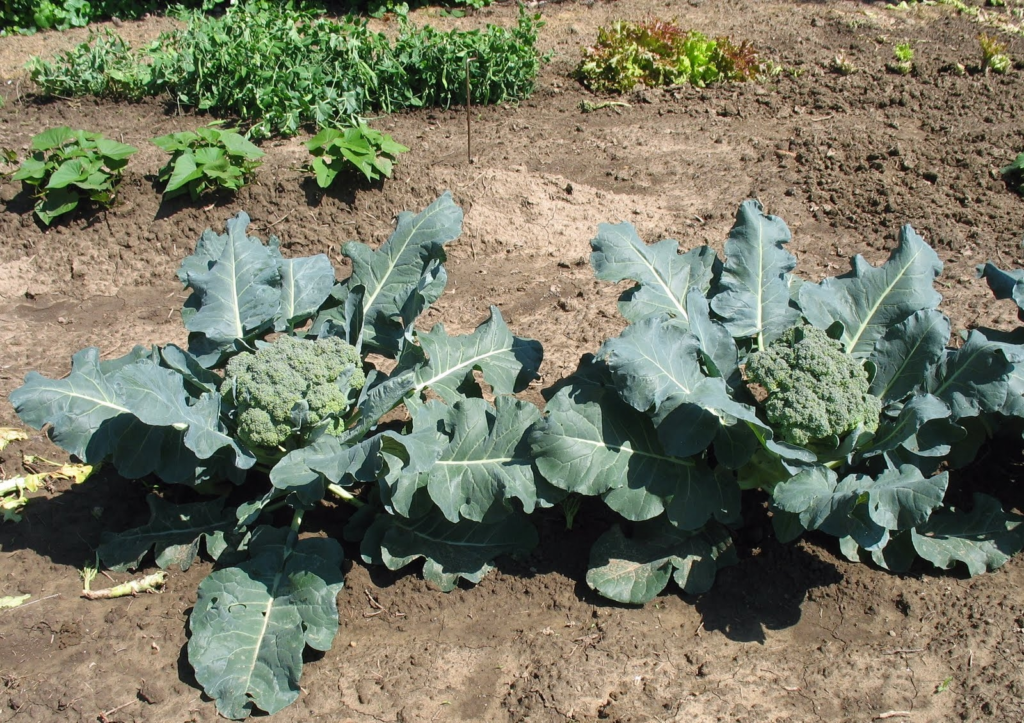
Large-Scale Planting Considerations:
- Crop rotation: Avoid planting broccoli or other brassicas in the same area for at least 3-4 years to prevent disease buildup. The USDA Agricultural Research Service provides valuable information on effective crop rotation practices.
- Row planning: For mechanized cultivation, plant rows 30-36 inches apart with plants spaced 18-24 inches within rows.
- Irrigation systems: Consider drip irrigation for water efficiency and reduced foliar disease.
- Wind protection: In open areas, establish windbreaks or use row covers to protect young plants from harsh winds.
- Pest management: Implement integrated pest management (IPM) strategies, including regular scouting and beneficial insect habitat. The USDA National Institute of Food and Agriculture offers comprehensive IPM resources.
Broccoli Variety Selection Guide
Choosing the right broccoli variety for your growing conditions and preferences is crucial for success. Here’s a comparison of popular varieties suited for different regions in the US:
| Variety | Days to Maturity | Heat Tolerance | Cold Tolerance | Disease Resistance | Best Region |
|---|---|---|---|---|---|
| Calabrese | 60-70 | Moderate | Good | Medium | Northeast, Northwest |
| Premium Crop | 58-65 | Good | Moderate | High | Southeast, Mid-Atlantic |
| Belstar | 65-75 | Very Good | Very Good | High | Nationwide |
| Green Magic | 60-70 | Excellent | Moderate | High | South, Southwest |
| Arcadia | 63-68 | Good | Excellent | Very High | Midwest, Northeast |
| Marathon | 75-85 | Moderate | Excellent | High | Pacific Northwest |
| Gypsy | 60-90 | Very Good | Good | High | Southern regions |
| Imperial | 70-75 | Good | Good | Very High | Central, Northern regions |
Common Challenges and Solutions
Even experienced gardeners face challenges when growing broccoli. Here are solutions to common problems:
Pest Management
Broccoli is susceptible to several pests, including:
- Cabbage worms: Handpick or use row covers. For larger infestations, consider organic Bacillus thuringiensis (Bt) spray.
- Aphids: Spray with strong water stream or apply insecticidal soap.
- Flea beetles: Use floating row covers or diatomaceous earth around young plants.
According to the USDA National Agricultural Library, organic pest control methods can be just as effective as chemical solutions when applied properly.
Disease Prevention
Common broccoli diseases include:
- Club root: Maintain proper pH (above 6.8), practice crop rotation.
- Black rot: Ensure good air circulation, avoid overhead watering.
- Downy mildew: Water in the morning, space plants properly for air circulation.
Environmental Stress
- Bolting (premature flowering): Plant at appropriate times for your climate to avoid temperature stress.
- Button heads (small heads): Usually caused by temperature fluctuations or nutrient deficiencies. Maintain consistent growing conditions.
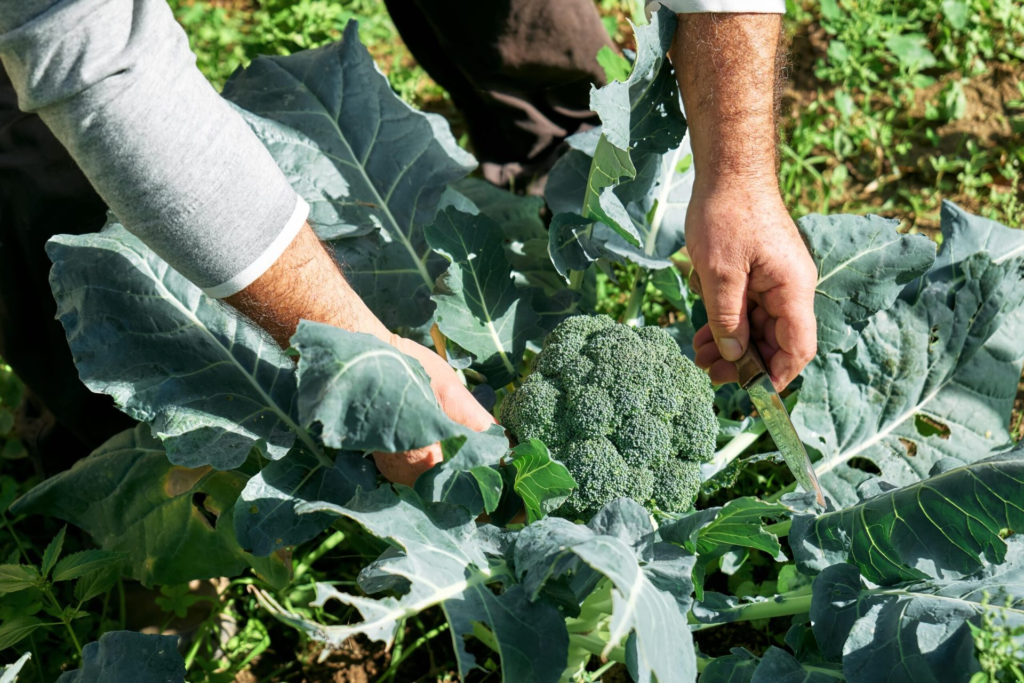
Harvesting and Using Your Broccoli
After 60-90 days of growth (depending on variety), your broccoli should be ready to harvest. Here’s how to know when and how to harvest:
When to Harvest
Harvest the main head when the buds are tight and compact, before any yellow flowers appear. The head should be deep green (or purple for some varieties) and firm. Don’t wait too long—once florets begin to separate or show yellow, flavor quality decreases.
How to Harvest
- Using a sharp knife, cut the main head with 5-6 inches of stem attached.
- Make the cut at a 45-degree angle to prevent water from collecting and causing rot.
- Many varieties will produce side shoots after the main head is harvested, providing additional harvests for weeks or even months.
Storage and Use
Fresh broccoli can be stored in the refrigerator for up to 7-10 days. For longer storage, blanch and freeze broccoli for up to 12 months.
Use your homegrown broccoli in:
- Stir-fries and sautés
- Roasted vegetable medleys
- Fresh salads
- Soups and casseroles
- Steamed as a nutritious side dish
Seasonal Planting Calendar for US Regions
The timing of your broccoli planting will vary significantly depending on your location within the United States. Here’s a general guide to help you determine the best planting times:
Northern US (Zones 3-5)
- Spring: Start seeds indoors February-March; transplant April-May
- Fall: Start seeds indoors June; transplant July
Central US (Zones 6-7)
- Spring: Start seeds indoors January-February; transplant March-April
- Fall: Start seeds indoors July; transplant August
Southern US (Zones 8-10)
- Spring: Start seeds indoors December-January; transplant January-February
- Fall: Start seeds indoors August-September; transplant September-October
For specific recommendations for your area, consult the USDA Cooperative Extension System office in your state.
Conclusion
Growing your own broccoli is a rewarding experience that can provide you with nutritious, flavorful harvests throughout the growing season. Whether you’re planting in containers on a patio, in a backyard garden, or across a larger plot, success comes down to understanding the plant’s needs and providing the right conditions.
By following the guidelines in this comprehensive guide, you’ll be well on your way to enjoying farm-fresh broccoli straight from your garden to your table. Remember that gardening is always a learning process—each season brings new insights and opportunities to improve your growing practices.
